Flower Meanings
Bells of Ireland


The Meaning of Bells of Ireland
These Irish beauties’ shape and blooms formally represent an Irish good luck charm, quite the shocker, huh? They make the best gift when given for a graduation, a new job, or just for a bit of good luck. The giving of bells of Ireland symbolizes good wishes and luck on one’s journey ahead. [1]
Talk about the luck of the Irish, are we right?
The blossoms’ Kelly-green hue also has come to represent plentiful money and wondrous wealth. [2]
In terms of color, while these lovely bells’ only come in one color, green, the vibrant green of its stalk and its leaves, is most likely where the Bells of Ireland got their name. While many view the flowers of the plant to be the blooms’ beautiful green leaves, the flowers are actually right in the center of the bell-shaped calyxes that work as the leaves of the plant. Thus, the white flowers inside are surrounded by the shell-shaped green calyxes.
Numerology has followed this bloom for generations, although it seems no one is quite sure why. The number 8 is the number we’re looking at here. The number 8, in general, tends to represent power, so it may be one reason this flower symbolizes good luck. [3]
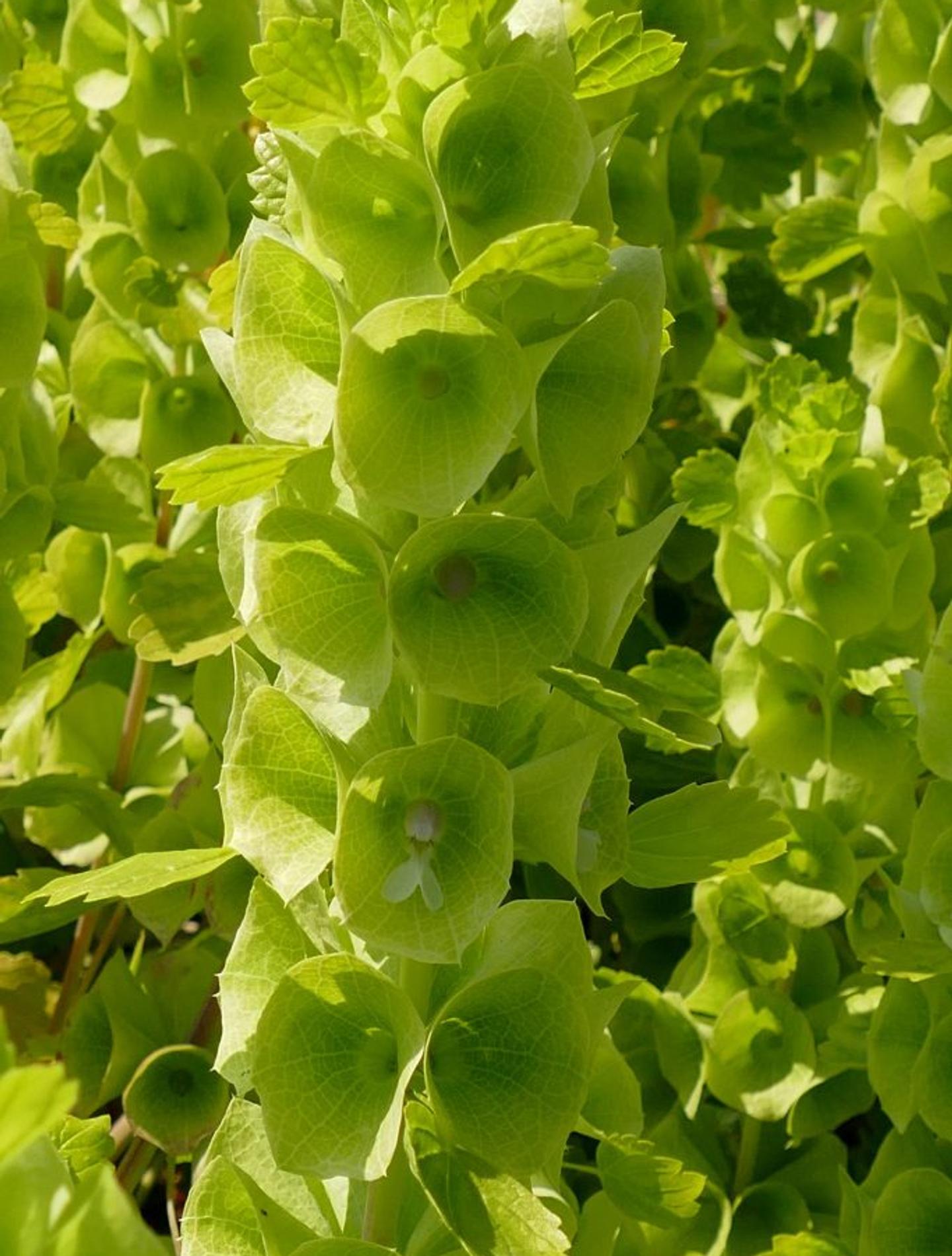
Bells of Ireland are surprisingly not appealing to deer in the slightest! Use bells of Ireland in outlying gardens where other flowers may be damaged by hungry wildlife.
The History of Bells of Ireland
While we’ve already established that contrary to popular belief, our beloved bells of Ireland, are in fact, bells of Turkey, many have always seemed to be confused as to where the flower actually originates, and for good reason! It is quite confusing.
Bells of Ireland were assigned the name Moluccella. They were believed to be from the Moluccas – a chain of islands near Indonesia known as the Spice Islands. This is entirely plausible, as the flower itself does seem to have quite the spicy smell. However, that’s getting a bit off-topic.
The plant’ association with Ireland seems to have occurred in the 20th century, as its name began to appear in writings and references by mid-century. The name itself is thought to have been the work of some crafty pitchman working for a seed company who was interested in another variety of greenery, but ‘settled’ for our dear, sweet little bells.
In fact, this phenomenon has not been all that uncommon. The association of plants and flowers with holidays often morph into something completely different and often unrecognizable – an abstraction of the original meaning. Let’s look at an example:
As we all know, the Shamrock is the original plant associated with St. Patrick’s Day. In Ireland, Saint Patrick is remembered as a 4th-century religious figure who brought Christianity to the island where he used the three leaves of the wild clover to explain the Trinity. But clovers don’t necessarily make the best houseplant. So, most shamrocks we see for sale are actually Oxalis, which is an entirely unrelated plant originating from the tropics. Bells of Ireland are just another example of this phenomenon. [9]
There are also many other names for bells of Ireland depending on locality such as, Canterbury Bells in Australia and New Zealand [10]
Any Chaucer fans in the house?
These famous little bells were also cultivated in Belgium for their lovely subtle fragrance, which was used in perfumes. [2]
DID YOU KNOW - Bells of Ireland Fun Fact
Despite its romantic common name, this summer-blooming annual has absolutely no connection to the Emerald Isle other than its vivid green color [8]
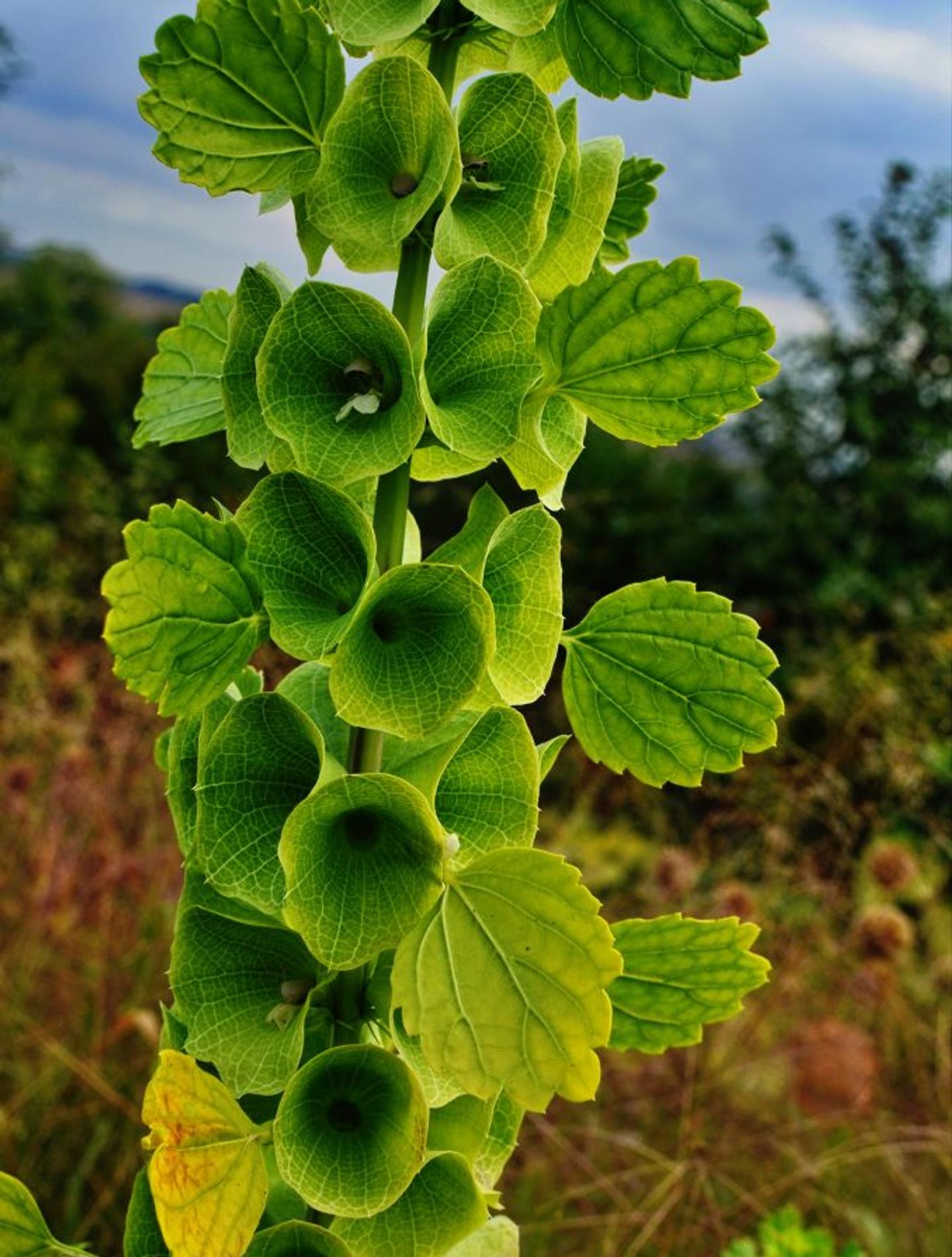
How to Grow Bells of Ireland
Bells of Ireland grow on square stalks that reach up to 2 to 3 feet in height and measuring a maximum of 9 inches across. Each stem of bells has thick clusters of shell-shaped (or bell-shaped, pick your poison) calyxes, or modified leaves. The color of the bells may vary from pale celadon to a vibrant, bright green. Small, round, and aerated leaves grow from the stalks’ sides, and one pair of small, sharp spines lies beneath every calyx. Each ‘bell’ contains white fragrant flowers in its center.
If you are planting your bells of Ireland outside, wait until after the danger of frost has passed. However, if your enthusiasm is getting the best of you and you just can’t fathom the idea of waiting another month for that pesky frost to move on out, you can also begin to sow your plants indoors about 8-10 weeks before the last expected frost. Marvelous news!
Your seeds will require some light to germinate, so leave them only lightly covered with soil, no need to bury them too deep. If you live in a warmer climate and would like to bask in the beauty of your bells in the autumn months, sow your seeds again in August!
When planting your plants, space them about 9 to 12 inches apart from one another. [8]
The hardy annuals are self-seeding, so no need to worry about re-planting!
If you’re looking to propagate:
- Chill your seeds in the freezer to improve germination
- Start them indoors before the first frost
- Transplant plants once the ground is workable
While they are resistant to most diseases, if you begin to see yellowish halos appearing on the leaves of your bells, it means your plant may have developed leaf blight. To get rid of this, you must remove the affected part of the plant before the rest of the plant gets infected.
In terms of pests, Aphids are most likely to start feeding on the undersides of the leaves, making them difficult to notice unless the damage to your plant is already well underway. Try to scan your plant as often as possible. If you do happen to find Aphids on your plant, wash the leaves with insecticidal soap or spray.
Little spider mites can suck your bells’ juices and replace chlorophyll with toxins, causing your plant to have a lacy, web-like appearance, and yellow leaves. To rid your plants of mites, use a hot pepper wax or high-quality insecticidal soap. [6]
DID YOU KNOW - Bells of Ireland Fun Fact
You can encourage the height of your stalks by fertilizing your bells regularly! [8]
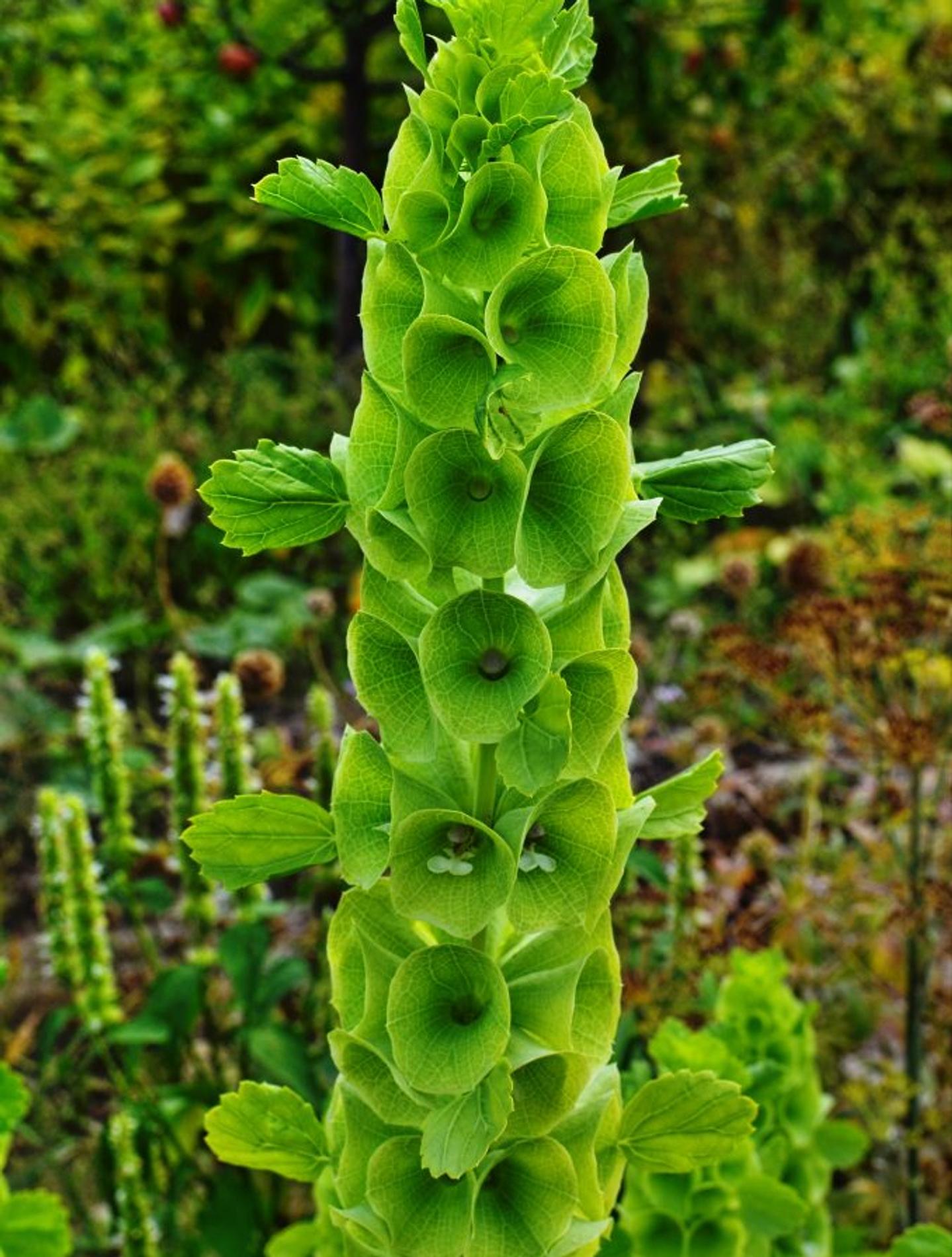
How to Care for Bells of Ireland
Bells of Ireland tend to like both full sun and partial shade. They prefer dry, arid conditions but will also do quite well in cool summer conditions. Be sure to plant them in well-draining soil, don’t worry if your soil is a bit on the poor side, just be sure it drains well. You can also feel free to fertilize your bells if they look like they could use a little sprucing up. Larger plants with heavy blooms may require staking to keep them upright. [4]
Keeping these green shells as cut flowers is very popular as well, as they last for quite a long period of time after being cut. It’s calyxes also dry well if you’re into dried blooms! If they are left on the plant, they will turn from bright white to a more of a beige color.
For fresh arrangements, cut the stems once half of the calyxes have opened. For a dried arrangement, wait until the calyxes have opened before cutting. [5]
Pro Tip: Be sure to store them in an upright position to avoid stem bending!
Once you’ve cut your fresh bells, remove all of the leaves from the lower part of the stem, for they are usually older and more likely to yellow quickly after harvesting. [6] You want to make sure you also remove any leaves that will fall below the waterline of your vase, cutting your stems underwater with a sharp knife to keep air pockets from forming in their hollow stems.
Beware: The stems are covered in tiny thorns that may irritate your skin, be sure to wear gloves when handling your blooms or if you are planning to design with them.
These blooms are highly phototrophic and will bend toward any source of light they can find. Always store them upright and away from any sort of side-light to keep their straight demeanor. [7]
Your blooms will last up to 2 weeks in a vase, so you’ll have plenty of time to enjoy them!
When to Send Bells of Ireland as a Gift
These cool bells will contrast beautifully with flowers of any color and add depth and drama to any arrangement. They look especially lovely when paired with whites and soft pastels such as pink, peach, yellow, or blue. Give them as a symbol of luck for a new journey, wedding, new job, or graduation! Dried bells of Ireland look just as unique when mixed in with other dried flower materials like grasses and seeds!

References:
- 1 - Morflora
- 2 - Frugal Flower
- 3 - Aunty Flo
- 4 - Gardening Know How
- 5 - bhg.com
- 6 - Epic Gardening
- 7 - Floral Design Institute
- 8 - Daves Garden
- 9 - uaex.edu
- 10 - Flower Angels
Flower Meanings — keep discovering
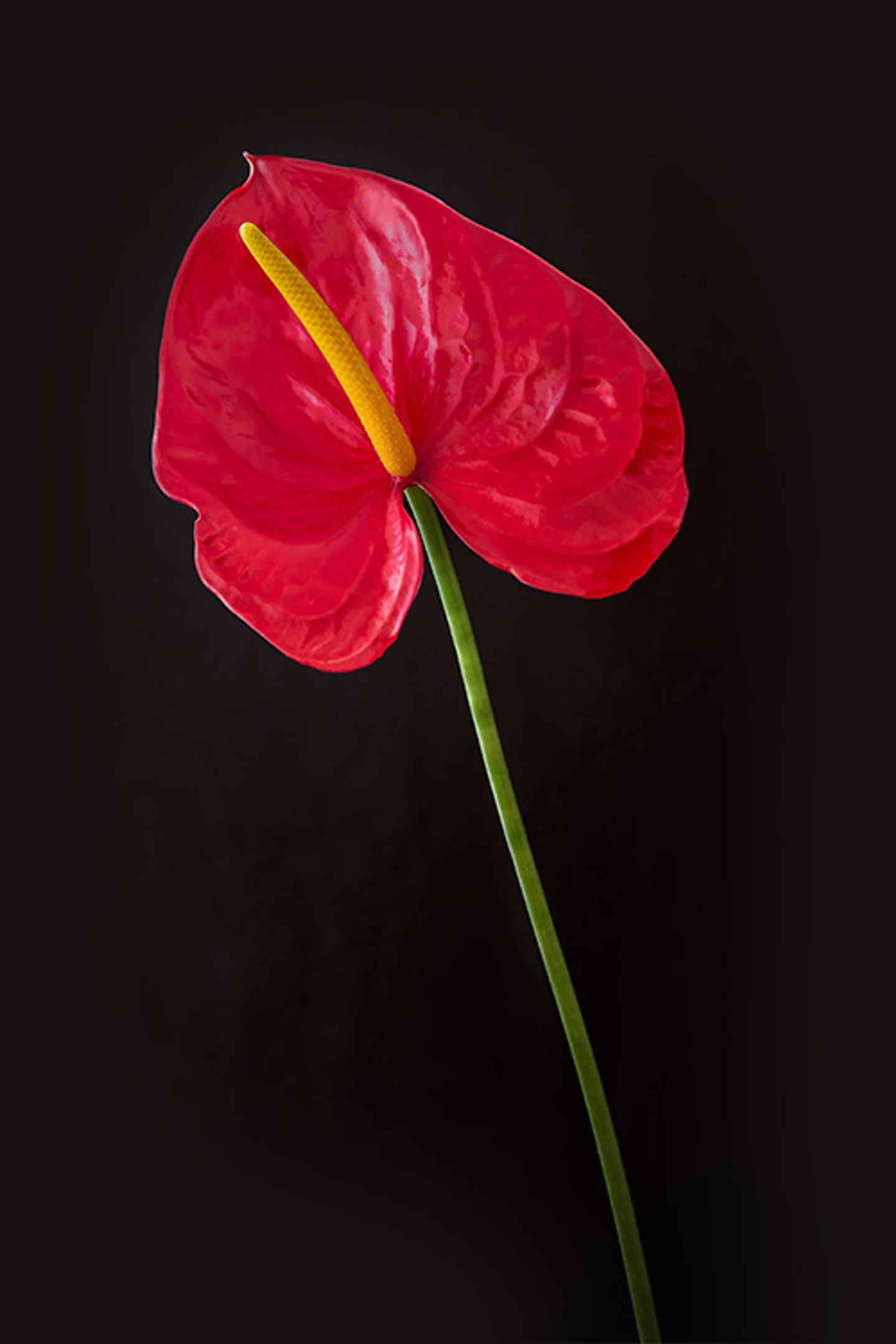
Anthurium
Also known as laceleaf, anthurium is a stunning flowering pant of about 1,000 different species, and the largest genus of the arum family, Araceae. Some other common names of this beautiful bodacious bloom include tailflower and flamingo flower.
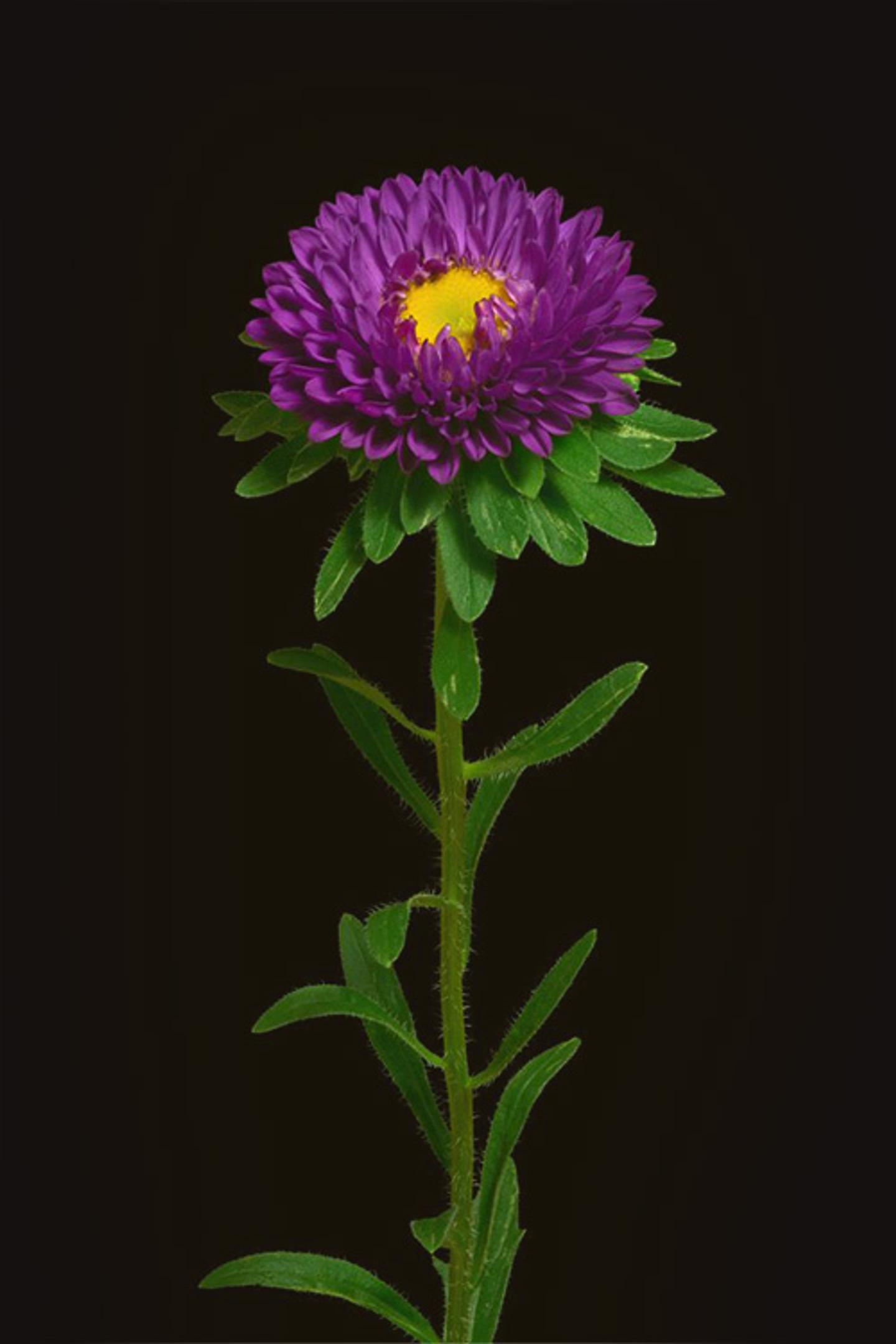
Aster
A part of the daisy family, aster is an ancient bloom that has been around for thousands of years, and you better believe it’s got a story to tell!
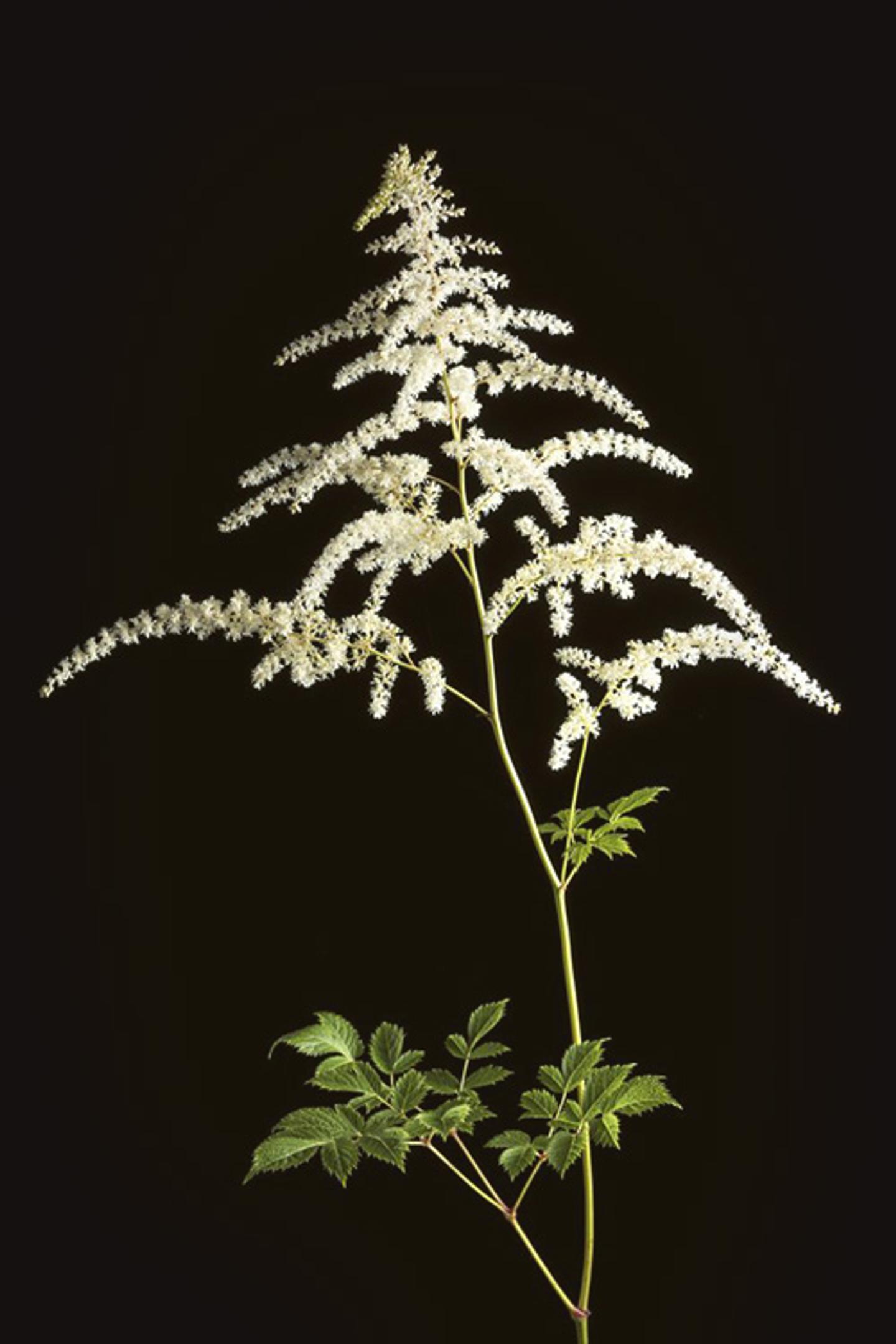
Astilbe
Commonly known as ‘False Goat’s Beard,’ Astilbe brings light and life to even the shadiest of corners. And don’t worry, there’s nothing false about this bold perennial wildflower!
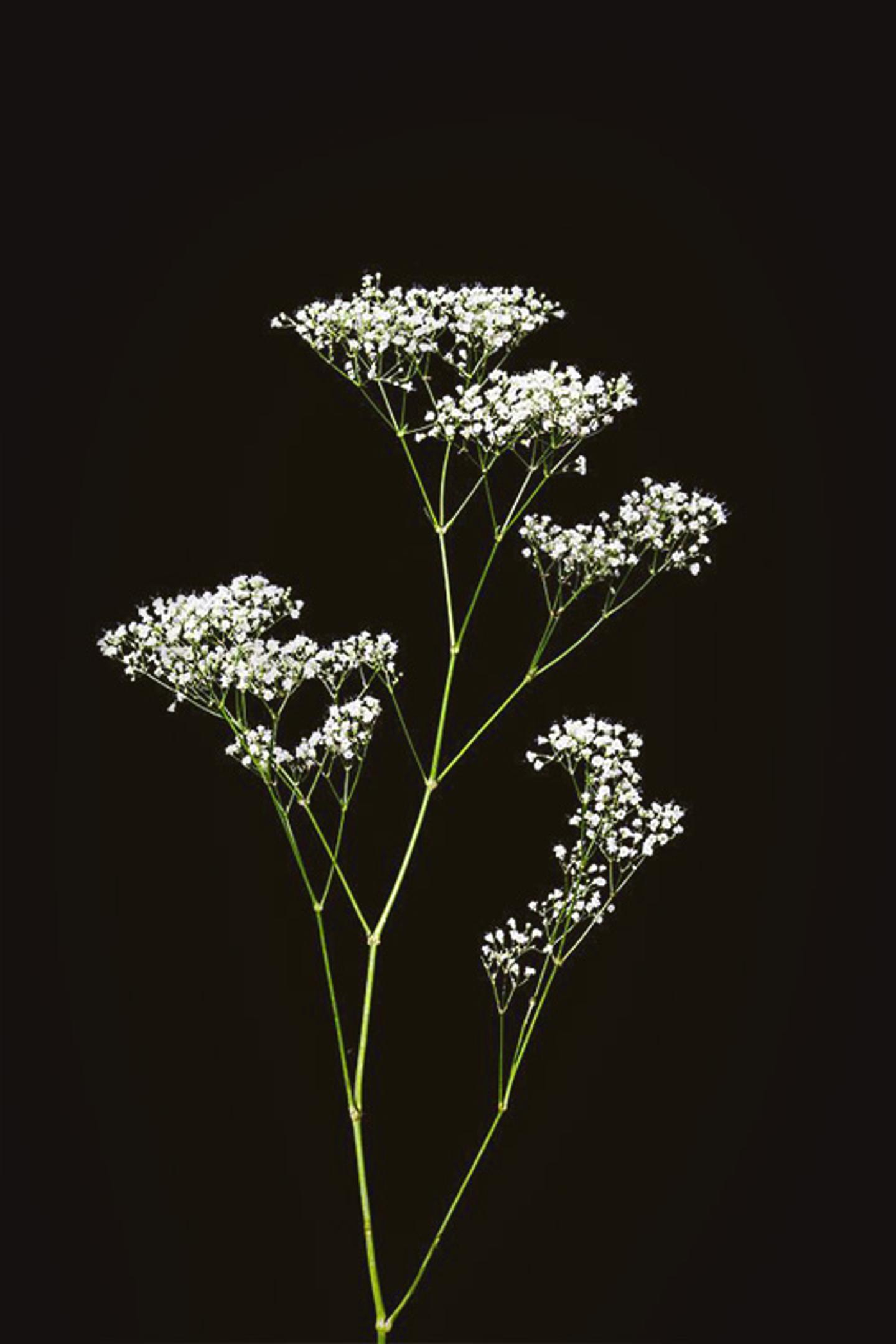
Baby’s Breath
Baby’s breath plants have become somewhat of a cliché in floral arrangements, but you may fall in love with this plant all over again in the flower garden. The plants look dainty but hang tough in dry sandy soils, and they’re deer resistant to boot.

Anthurium
Also known as laceleaf, anthurium is a stunning flowering pant of about 1,000 different species, and the largest genus of the arum family, Araceae. Some other common names of this beautiful bodacious bloom include tailflower and flamingo flower.

Aster
A part of the daisy family, aster is an ancient bloom that has been around for thousands of years, and you better believe it’s got a story to tell!

Astilbe
Commonly known as ‘False Goat’s Beard,’ Astilbe brings light and life to even the shadiest of corners. And don’t worry, there’s nothing false about this bold perennial wildflower!

Baby’s Breath
Baby’s breath plants have become somewhat of a cliché in floral arrangements, but you may fall in love with this plant all over again in the flower garden. The plants look dainty but hang tough in dry sandy soils, and they’re deer resistant to boot.
Ready to send beautiful flowers?
Our guided experience helps you send a one-of-a-kind arrangement perfect for every occasion.
Send Flowers